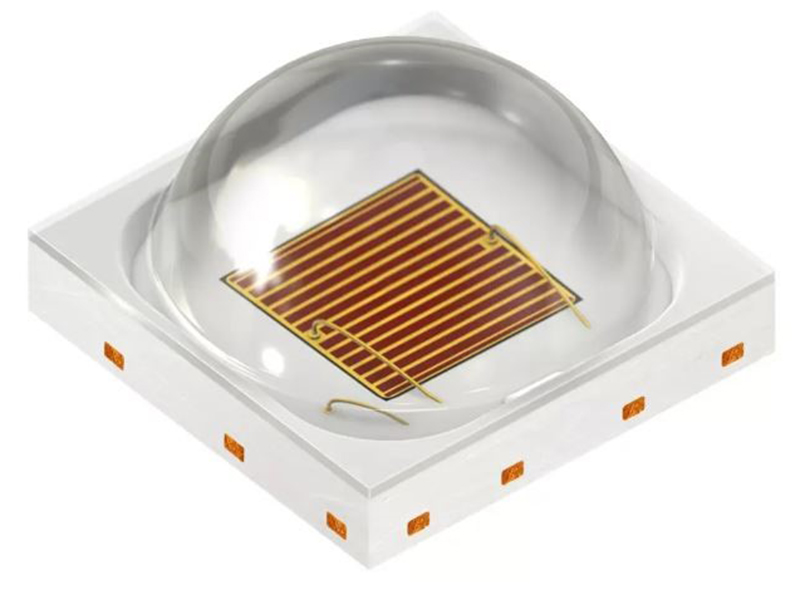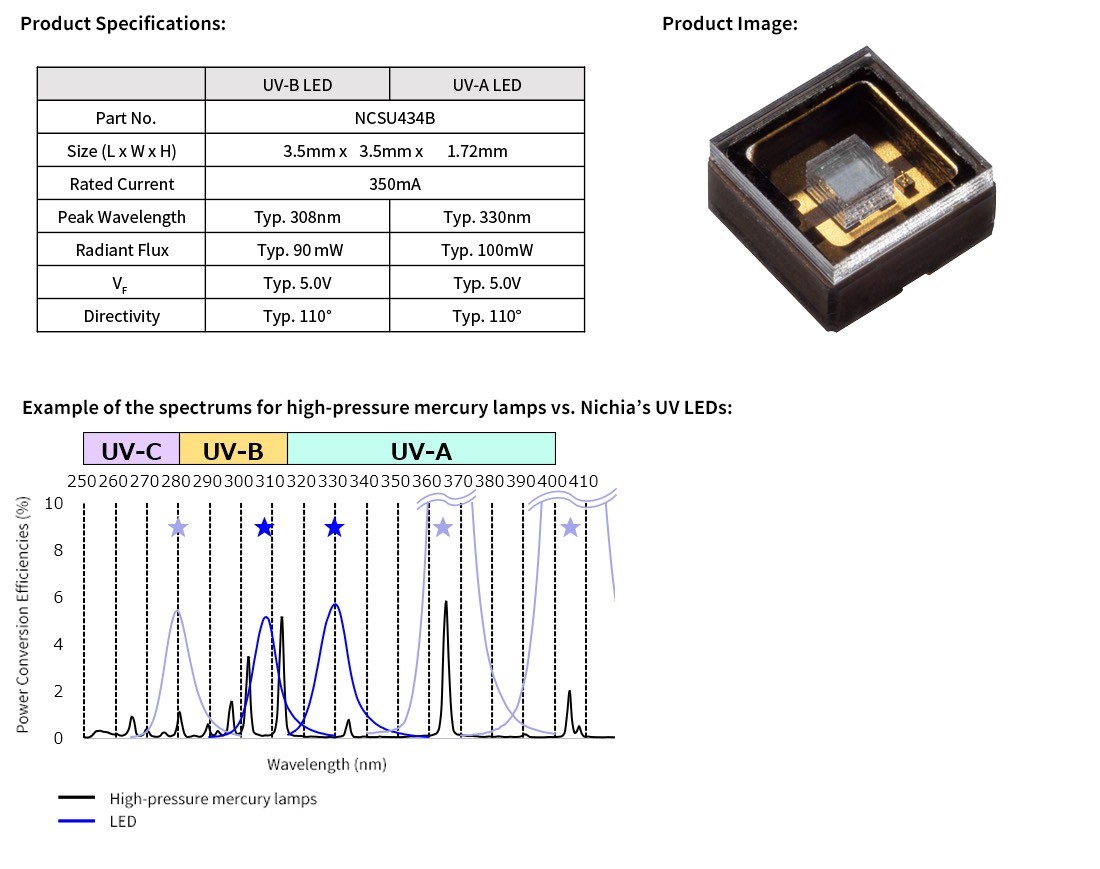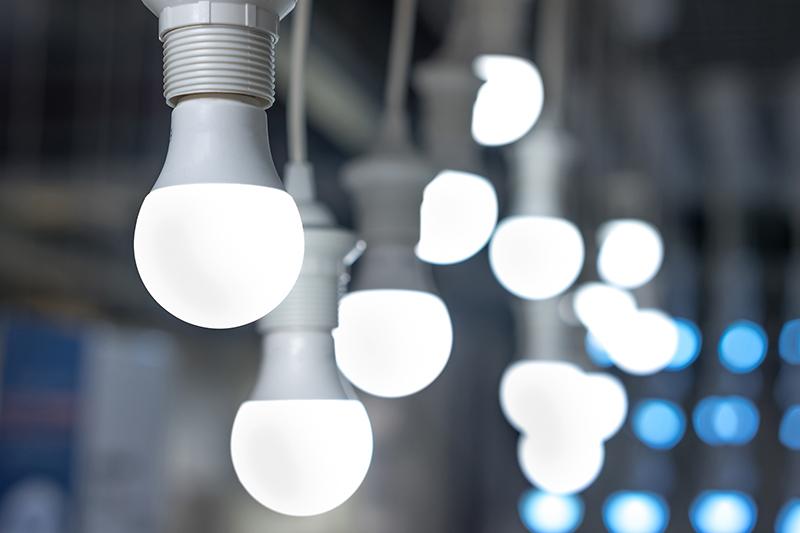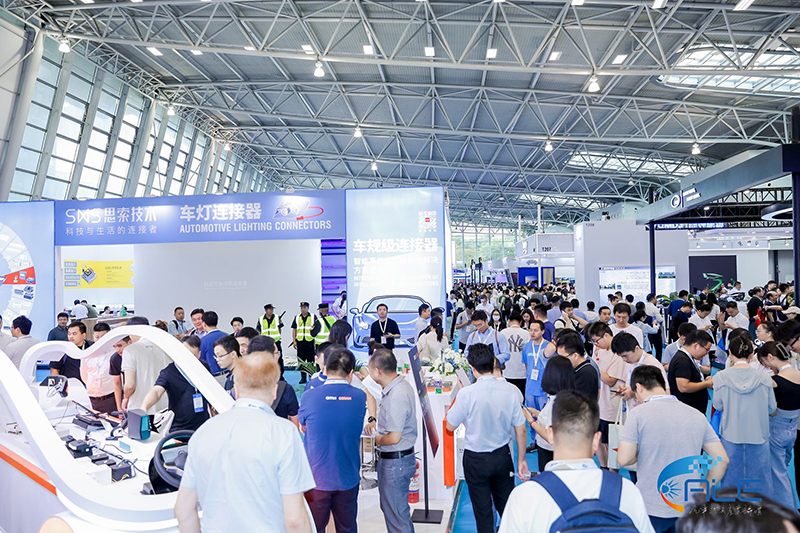The New Breakthrough In Humanistic Lighting
Research shows that lighting has an impact on our daily lives
Many studies have shown that lighting plays a crucial role in human well-being and can seriously affect our productivity. The Lighting Research Center of Rensselaer Institute of Technology released a study * in 2018, which showed that lighting with a circadian rhythm installed in office buildings can help workers reduce drowsiness, improve agility and vitality.
The light source described by "circadian rhythm" lighting can emit effective light stimulation, thereby inhibiting melatonin, which usually refers to light with rich blue light wavelengths (450-500nm). For example, natural sunlight can emit strong blue light and help suppress the production of melatonin, making people feel energetic and energetic.
LED technology achieves the best spectrum to support people-oriented lighting
According to a report by the US Environmental Protection Agency, Americans spend over 90% of their time indoors and are exposed to artificial lighting, making it sometimes difficult to provide the same amount of circadian rhythm stimulation as natural sunlight. As a result, people who spend time working or studying indoors often find it difficult to concentrate or drowsy, leading to poor work performance.
With the advancement of lighting technology, LED manufacturers are now able to manufacture LEDs with designed spectra to adapt to various applications in different scenarios, thereby improving people's health through human centered or circadian lighting. For example, during the day, applying LEDs with an optimized number of blue blue blue wavelength ranges can improve user agility and help them better focus on their tasks.
Samsung recently launched its first "people-oriented" LED package, which provides lights with an engineering spectrum that can help people regulate melatonin levels, thereby improving their attention levels or sleep.
The spectrum emitted by LM302N DAY has an enhanced wavelength of 480nm, emitting blue-green light as strong as natural sunlight, thereby reducing the secretion of melatonin. With Samsung's advanced spectrum engineering technology, LM302N DAY can inhibit the production of melatonin, allowing users to feel energetic during the day.
According to clinical tests conducted by Kookmin University in South Korea, participants who were exposed to LM302N DAY during the day had 18% less salivary melatonin compared to the control group under conventional LED during the same period. The study also found that using LM302N DAY, people's performance on D2 attention tests and Sudoku tests improved by an average of 3% and 10%, respectively, which may indicate that lighting can help people better focus on their tasks.
In addition to the blue-green light level related to the production of melatonin in the human body, color temperature also affects our perception and the way we perceive objects. Sharp white light usually produces alertness, while soft warm light can lead to a calmer atmosphere.
To suit a wider range of application scenarios, Samsung's LM302N DAY offers different color temperatures, including 3000K, 3500K, 4000K, 5000K, 5700K, and 6500K. The cold white 6500K product emits cold white light to effectively enhance energy and increase attention, which can be implemented in offices or classrooms to improve productivity. In contrast, 3000K products with warm white light provide a softer and quieter indoor environment for places where people need a more relaxed atmosphere but still need to perform tasks, such as elderly or baby care centers and art studios.







